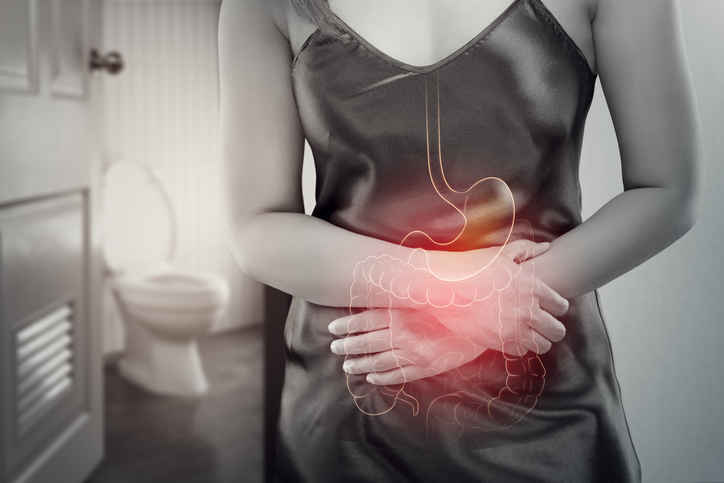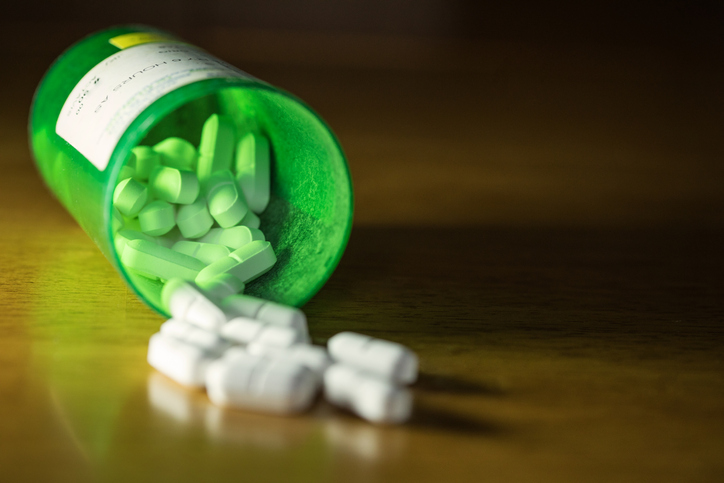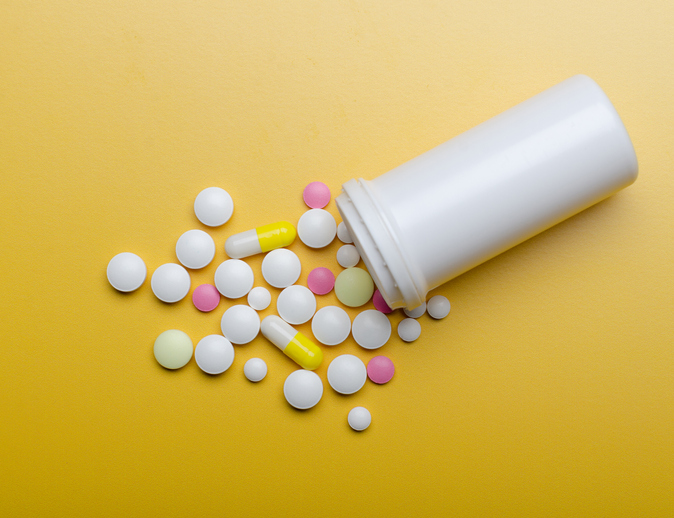Treatments
The Creation of Trypsin Activated Abuse Protection (TAAP) Technology

What are abuse deterrent formulations?
Abuse-deterrent formulations (ADFs) are used to prevent prescription medications from being used in an unintended manner, such as crushing a pill in order to snort it or dissolving it in order to inject it. They are meant to deter drug abuse of prescription pain medications by making it more difficult and less rewarding to abuse the medication. An abuse-deterrent product is added to the pain medication in efforts to reduce drug abuse. The purpose of the added deterrent is to make these medications difficult to crush, chew, gel or dissolve, which increases the safety of opioids that are prescribed to treat chronic pain conditions. The U.S. Food and Drug Administration (FDA) is currently working with pharmaceutical companies to evaluate and label potential abuse-deterrent medications.
TAAP
Trypsin-activated abuse protection (TAAP) is a type of technology in opioid development in which the drug only activates in the gastrointestinal tract. Trypsin, an enzyme located in the small intestine, is the activator for TAAP drugs: the drug only goes through the activation process in the gut. This mechanism helps to limit oral overconsumption, whether accidental or purposeful. It also ensures that there is no chance of activation when the drug is injected, chewed or snorted.
TAAP is also resistant to “kitchen chemistry” methods that are often utilized in the misuse of prescription opioids. If TAAP is taken in excess, a trypsin inhibitor can be used to limit the activation of the drug. This inhibitor will not impact opioid release when taken as prescribed. The theory is that the use of a trypsin inhibitor during any overdose would lead to the majority of the drug passing through the GI tract while still inactivated.
This new technology is still in development and awaiting approval; however, it could result in a large change in the field of pain relief. TAAP opioids could potentially offer significant pain relief without several risks that are associated with traditional opioids.
Additional source: BioSpace

















